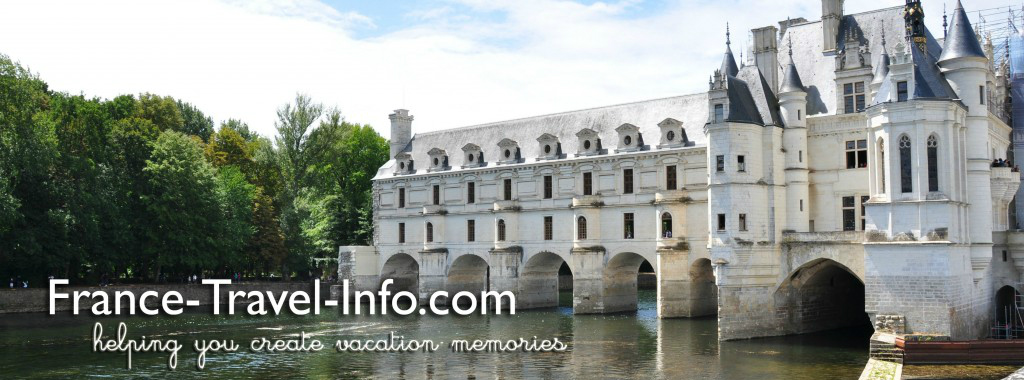Roman Mosaic in Grand
The enormous Roman mosaic in Grand France was the floor of the basilica of Adesina during Roman times. Adesina was the Roman name for the village we now know as Grand. One of the largest known mosaics in Europe, this restored mosaic measures 232 square meters.
A Bit of History
A little bit of research leads me to believe that Adesina was a fairly thriving religious center during its day. Besides the Roman mosaic in Grand which was part of a basilica, there was the amphitheater which was dedicated to the Roman god Apollo Grannus and a water sanctuary fed by underground streams.
The village of Grand barely boasts a population of 500 people today so the Roman town of Adesina (Grand) must have been considerably larger just based on the fact that the amphitheater here seated 17,000. The images in the mosaic reflect entertainment events that were staged in the amphitheater which was located outside the city ramparts.

Grand mosaic as viewed from the apse end of the room. Note the black and white scallops in the foreground which are common to Roman mosaics

Close-up of the Roman mosaic in Grand

Roman mosaic in Grand France
There are two cats, a tiger and a panther, as well as two local animals, a boar and a bear in the mosaic. These four figures are located at the corners of what you could call the central carpet. Looking back at the overall view in the first photo you can see the rectangular design in the center which is referred to as the central carpet. This photo below is only a small section of that. In the center you can see the only human figures in the entire mosaic. Most of this central rectangle is missing the pieces of the mosaic. At the lower left corner of this rectangle you can see one of the four animal, the boar.

Two partial human figures on the central carpet of the mosaic with the boar figure at their lower left corner
The Discovery of the Mosaic
The Roman mosaic in Grand was uncovered in 1883 by Félix Voulot . To protect it, he had a large building constructed over it to shelter it from the elements. This building adheres strictly to the floor plan of the ancient basilica and sets almost directly on those foundational supports. Small cubes of glass paste and lime stone form the structure of the little tile cubes that make up the mosaic

Central “carpet” of the mosaic
Because Félix Voulot was from Epinal, some of what he found has been preserved in the museum there.


Leave a Reply